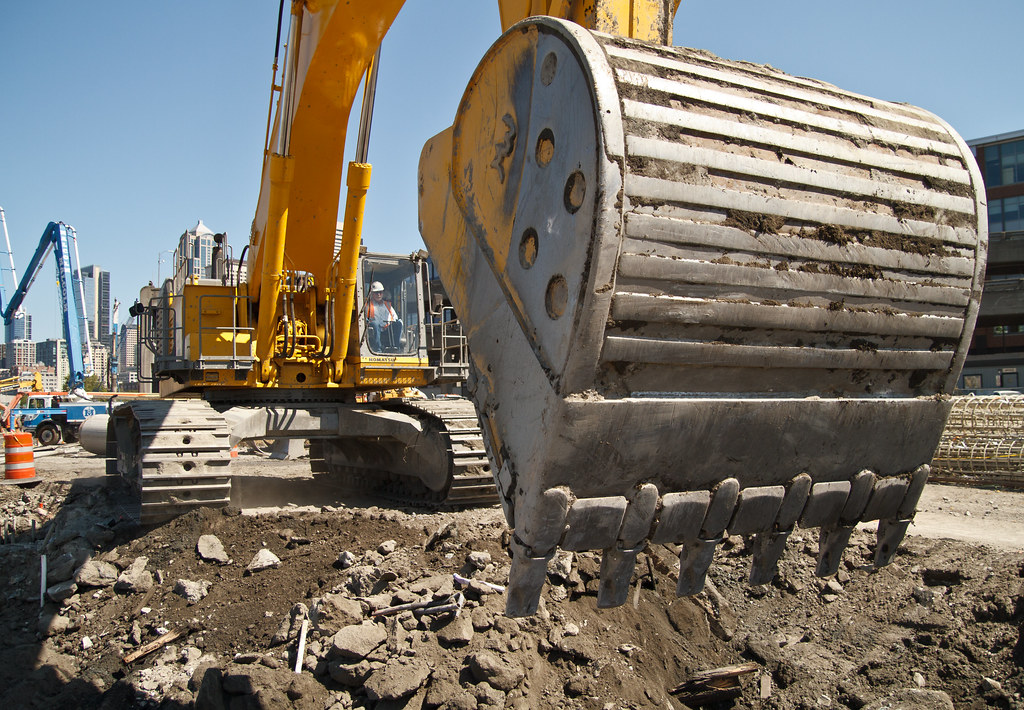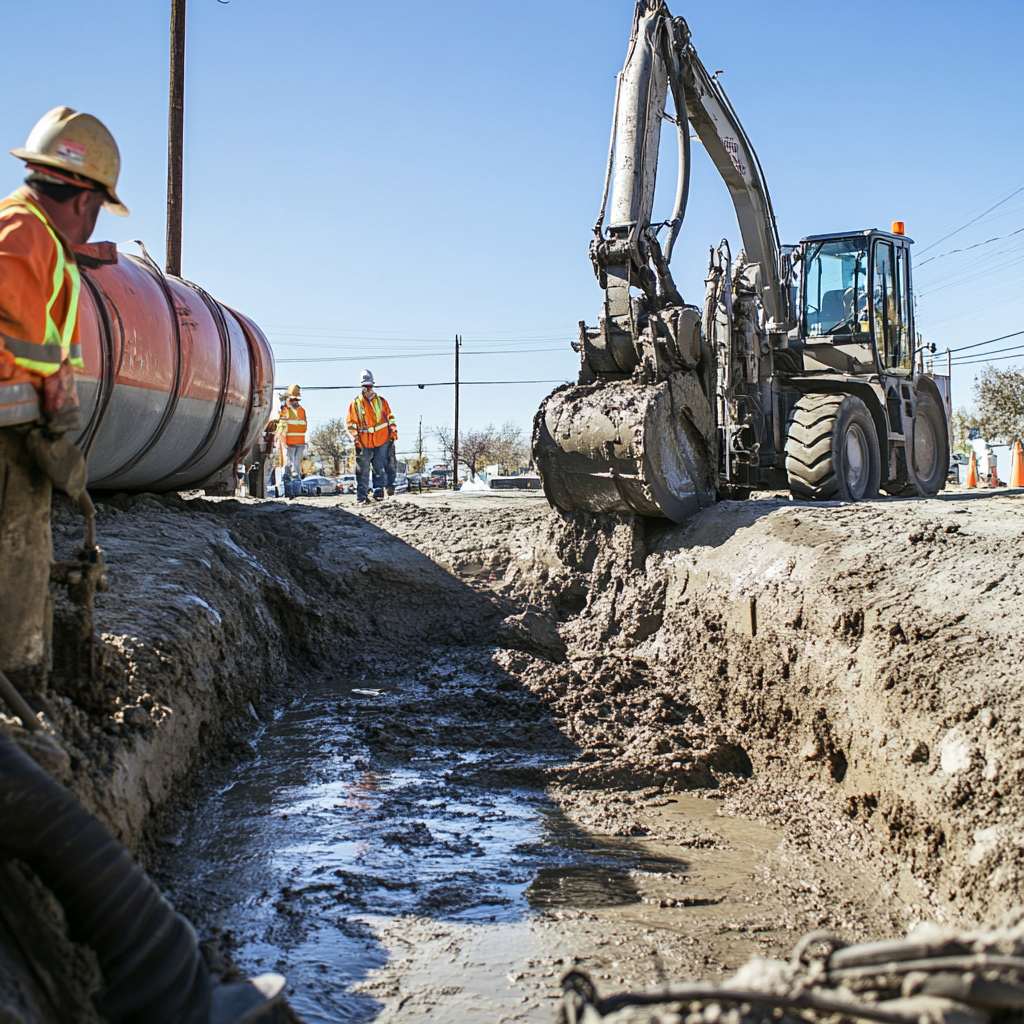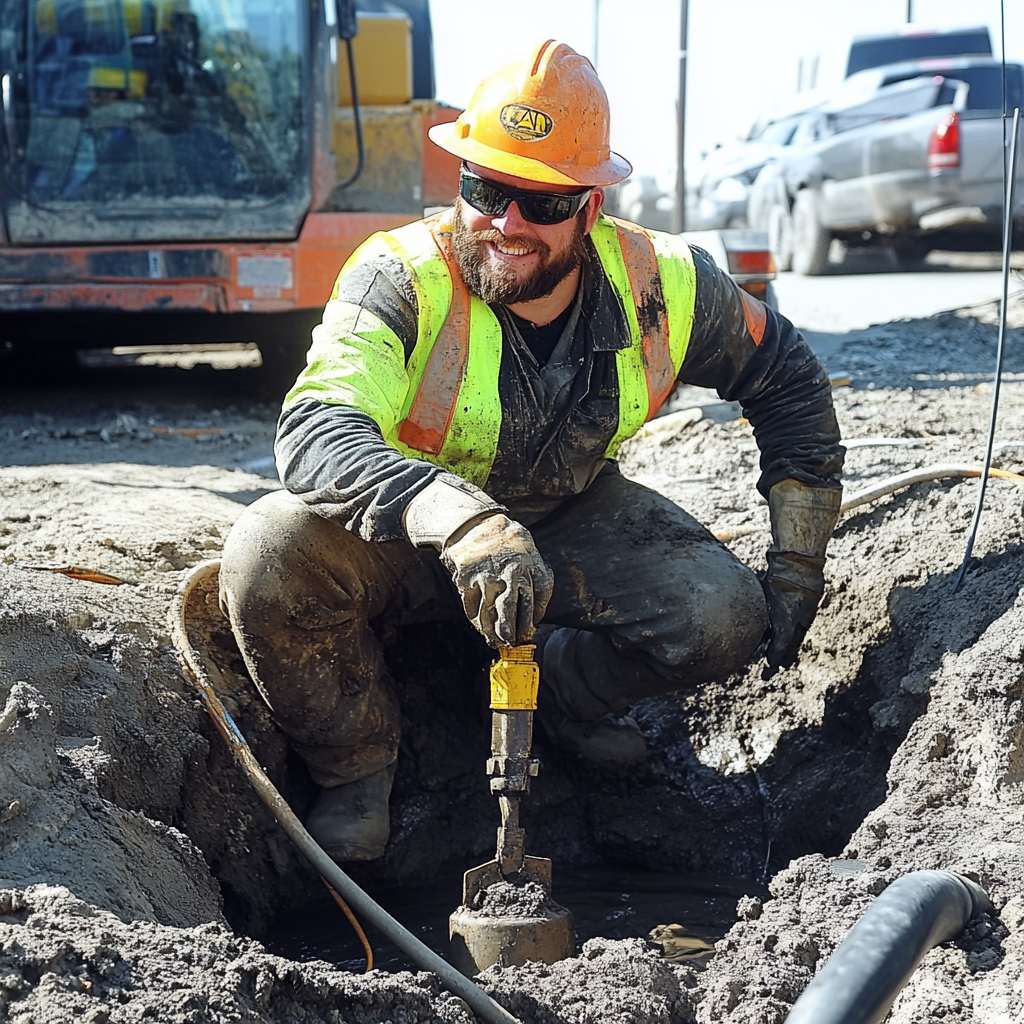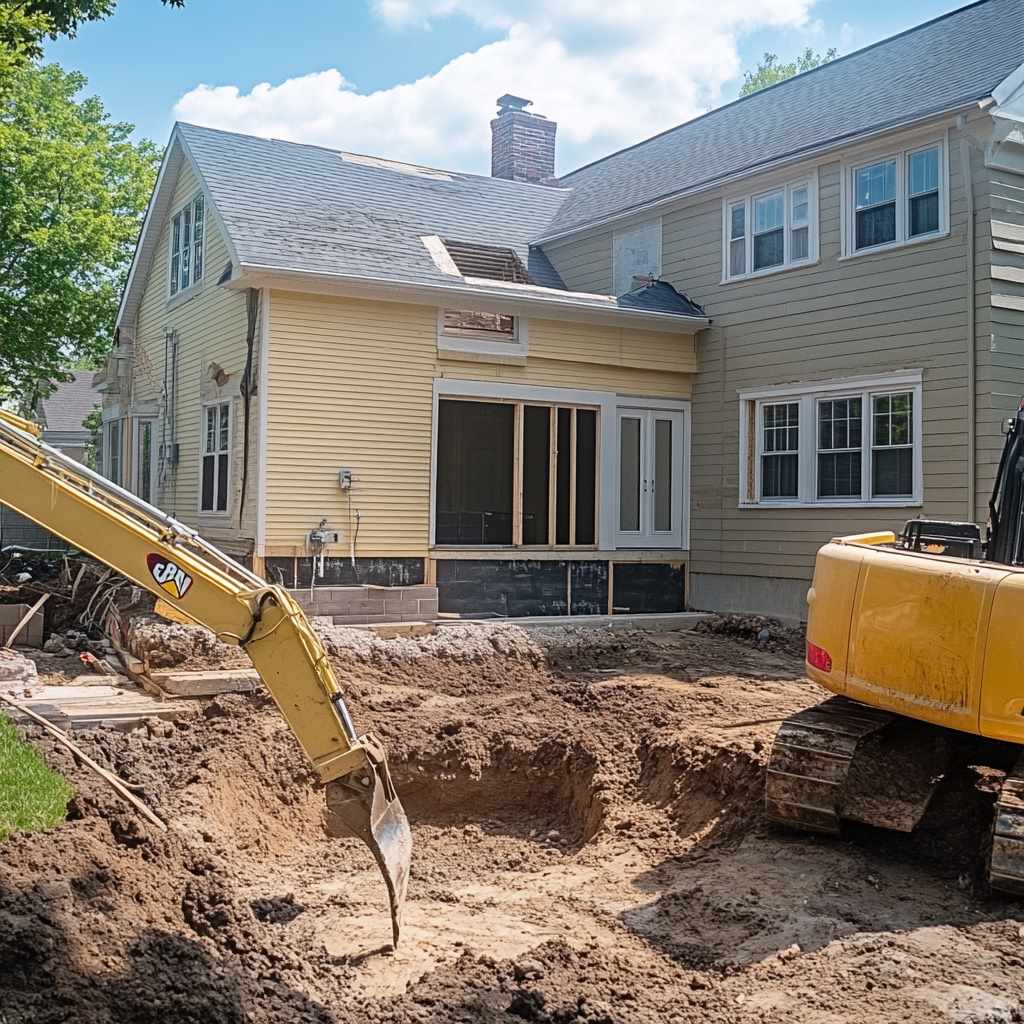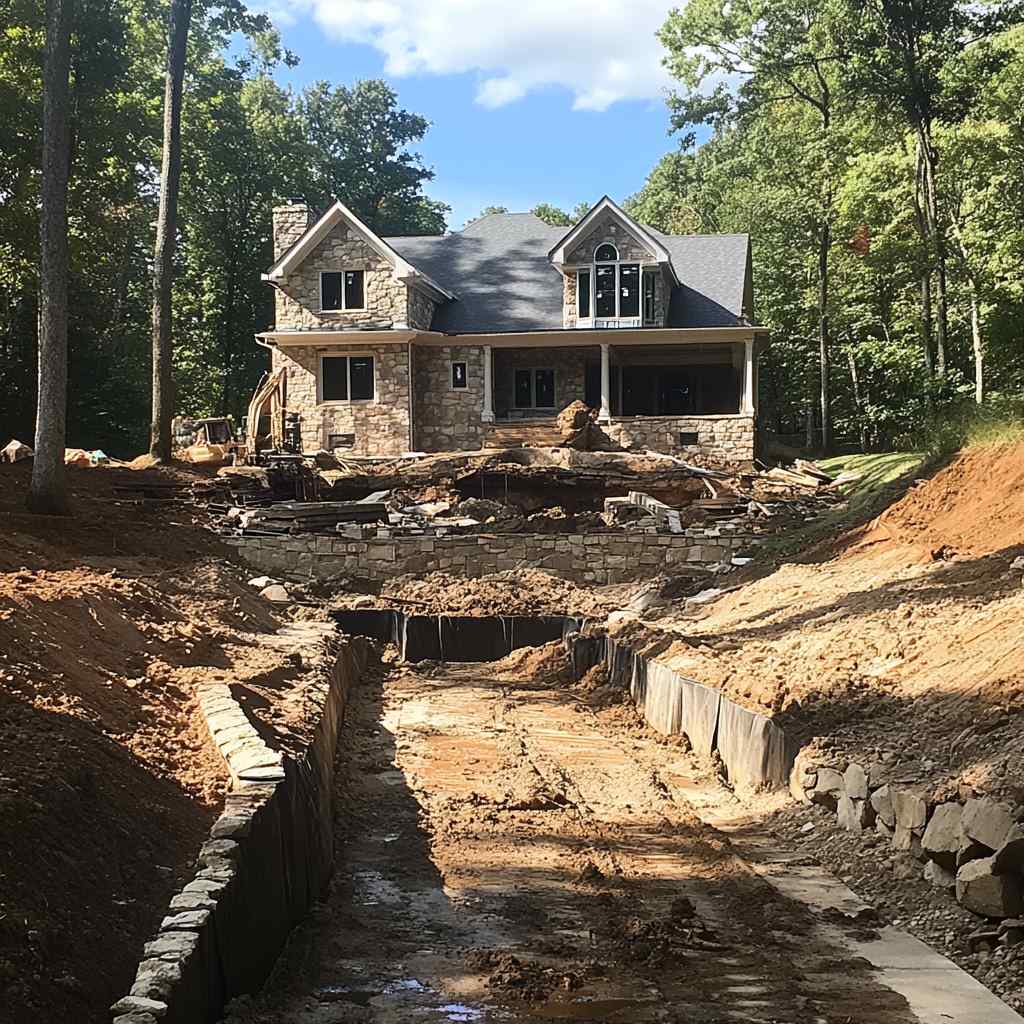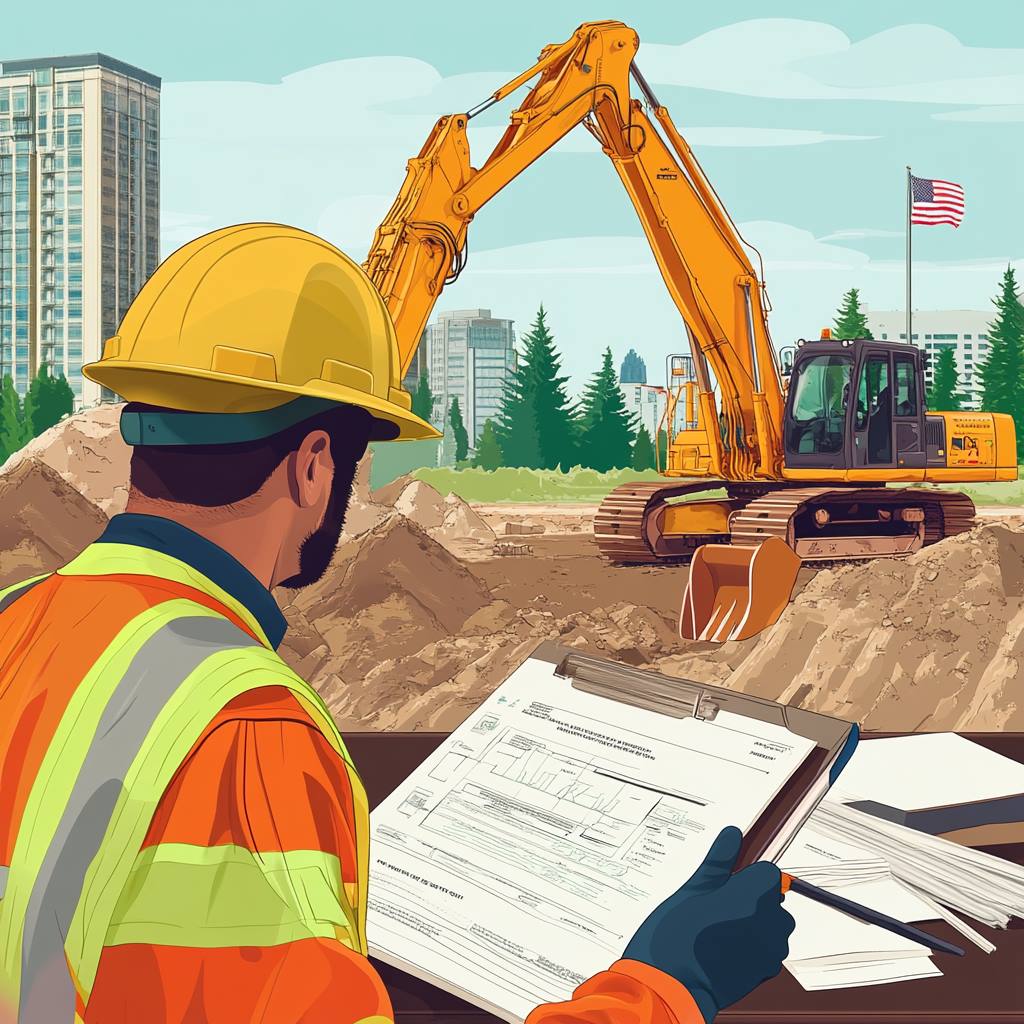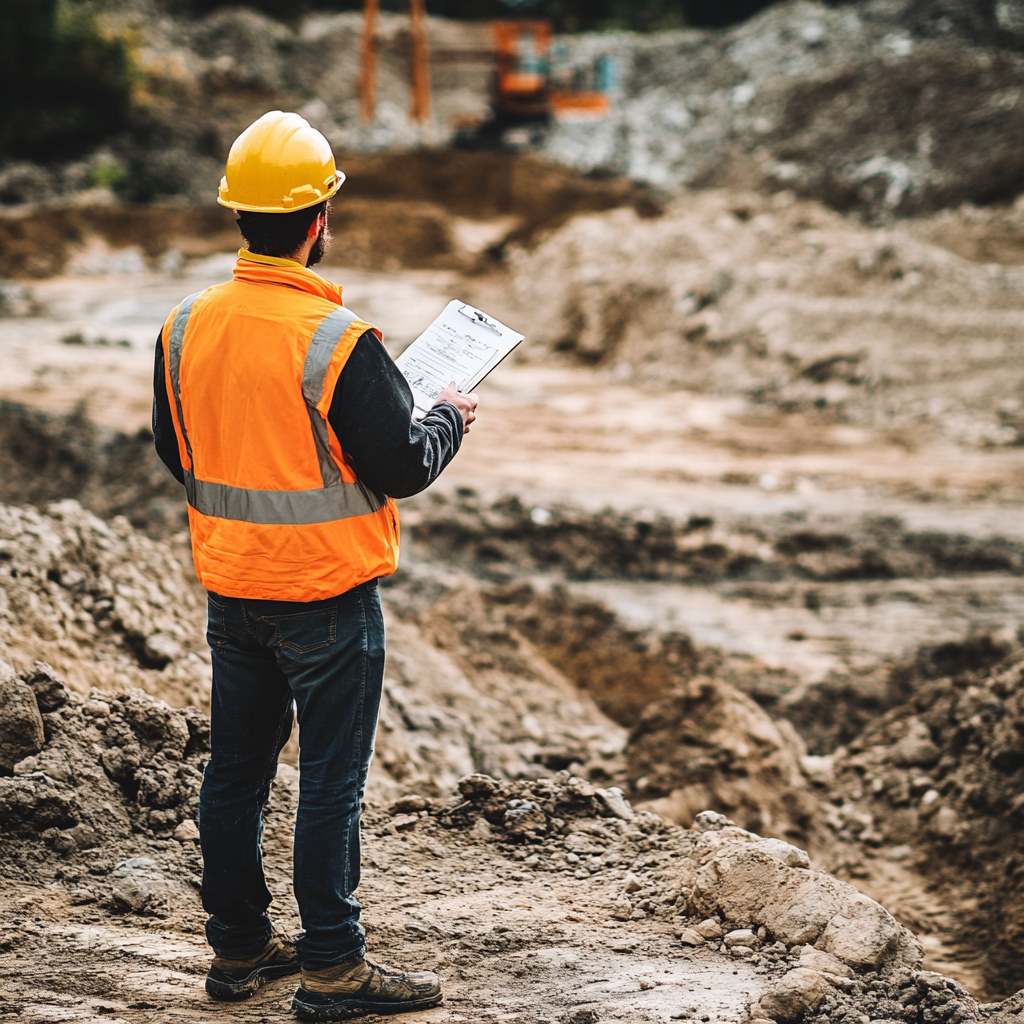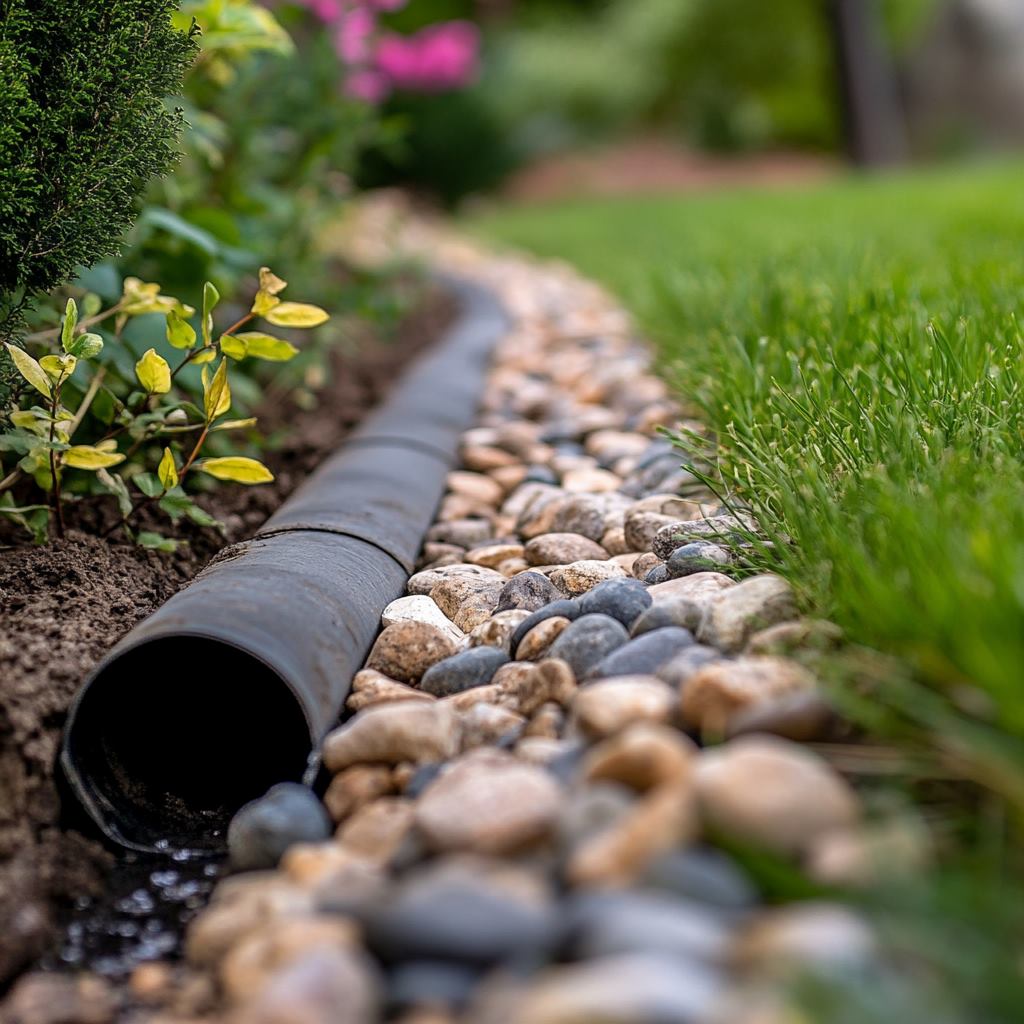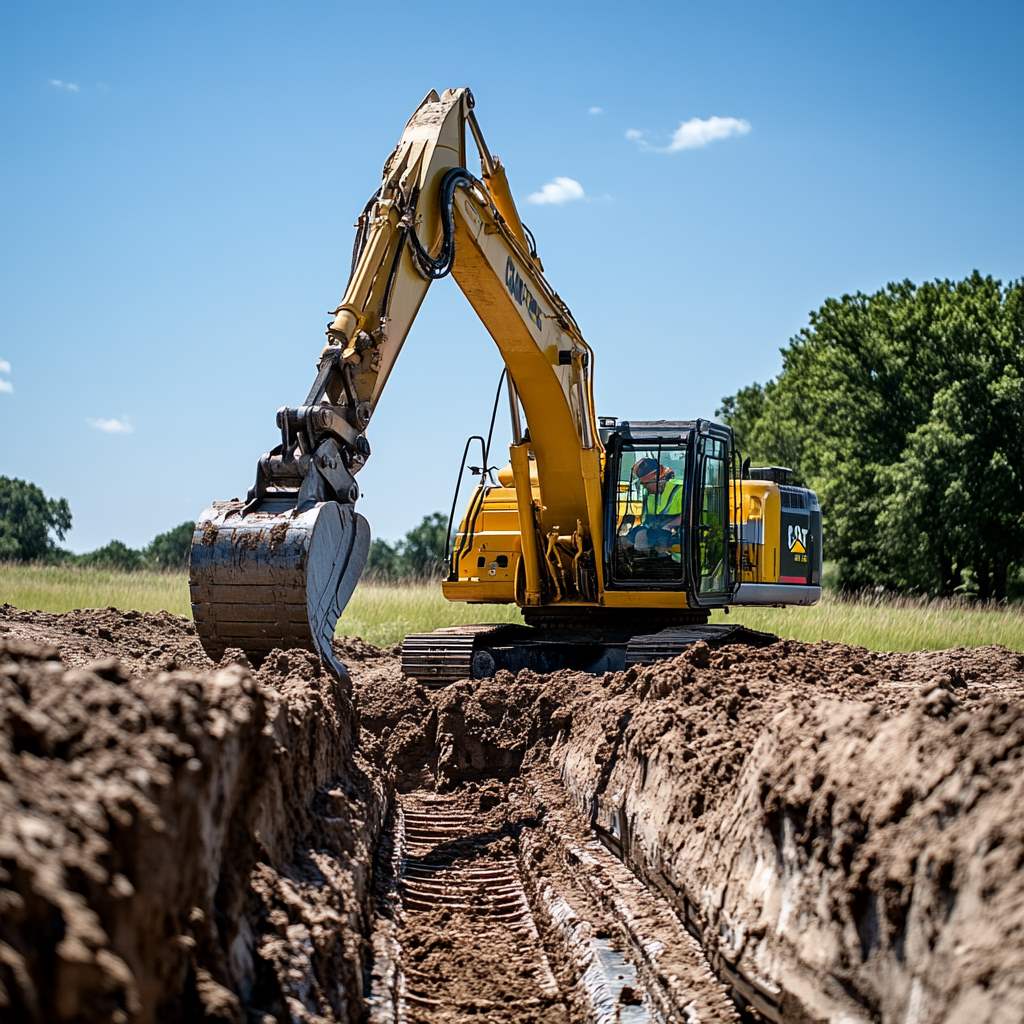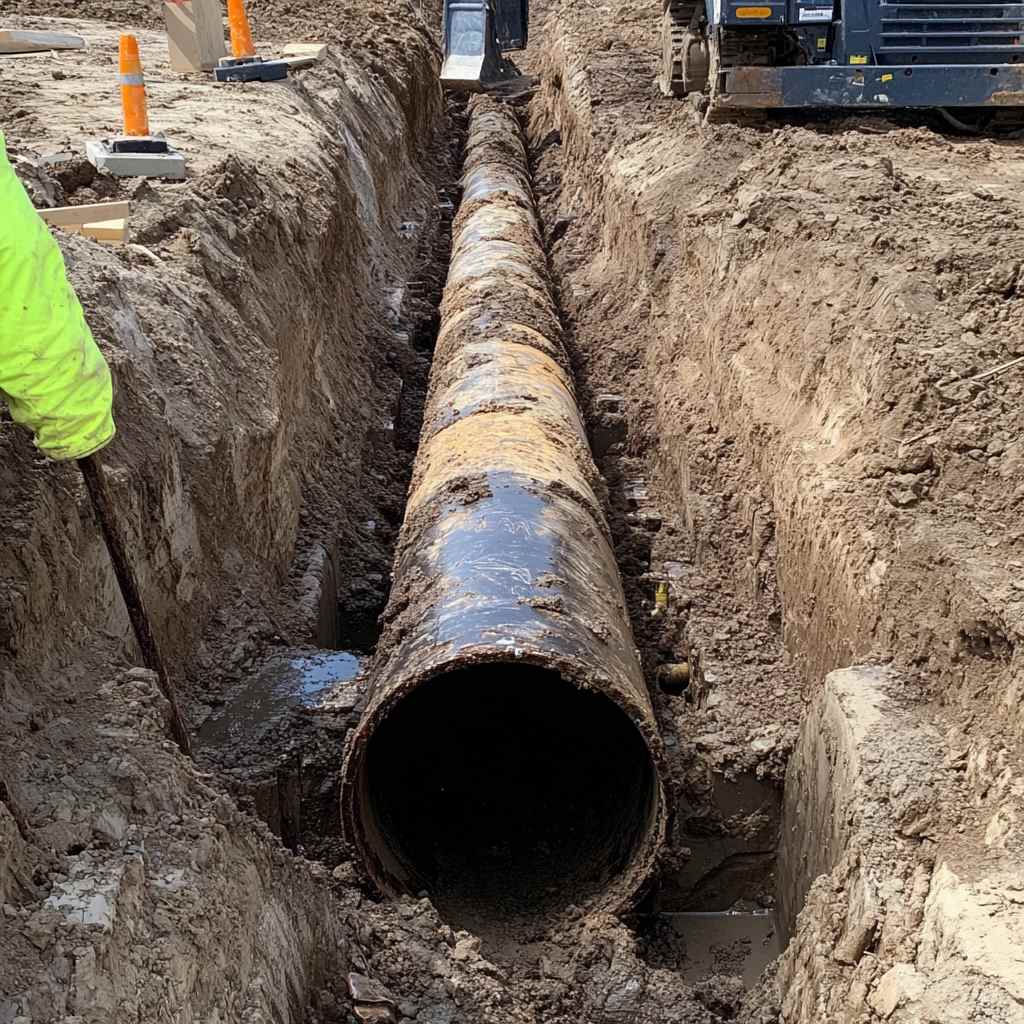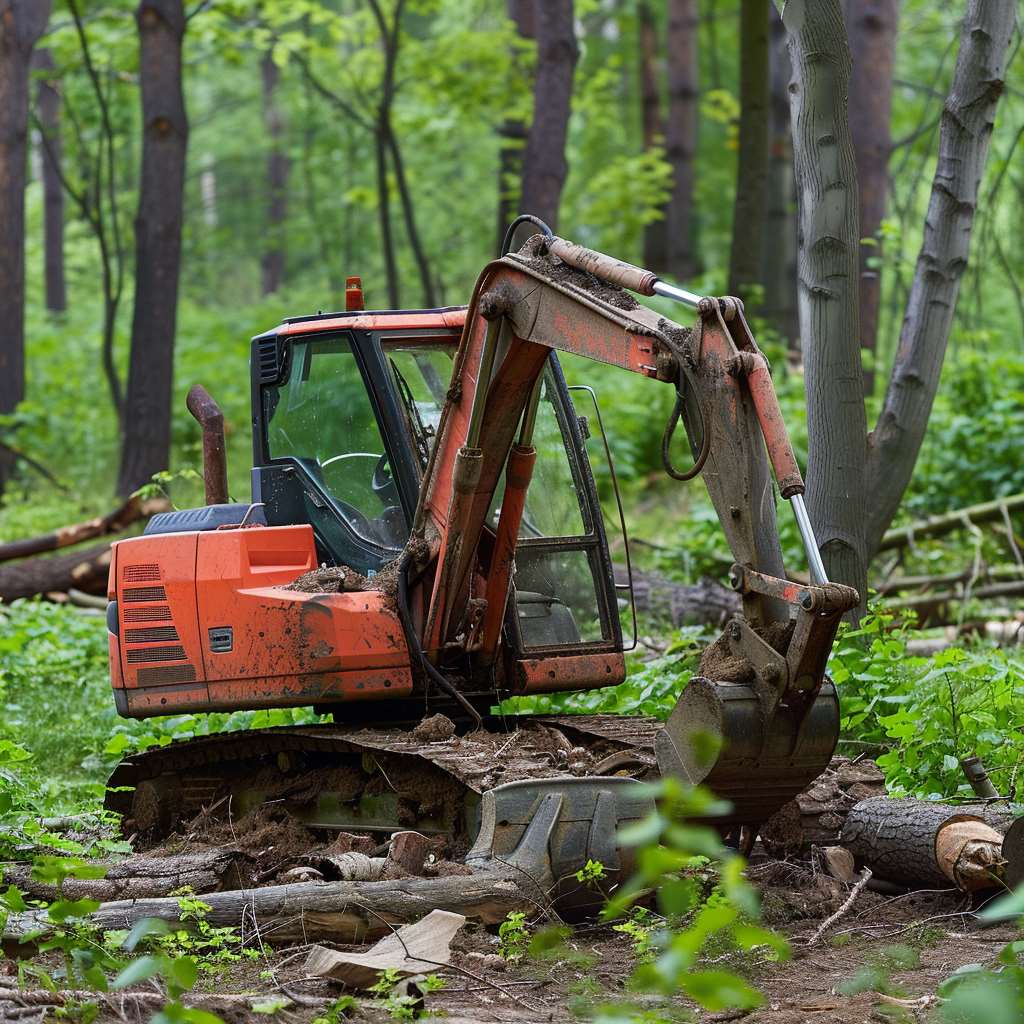Digging safely and efficiently has never been more important, especially around utilities and sensitive environments. That’s where hydro excavation steps in, offering a modern twist on excavation work. At In-Depth Excavation, they’ve seen firsthand how this method transforms tricky projects into smooth operations, saving time, preventing damage, and keeping things clean.
What is Hydro Excavation?
Let’s break it down in simple terms: hydro excavation is a way of digging that skips the heavy machinery and focuses on precision. It uses a combo of high-pressure water and a powerful vacuum to loosen and remove soil. This means the dirt turns into a slurry (think muddy soup) that gets sucked up and stored, leaving behind a neat, safe trench or hole.
The biggest benefit is that hydro excavation reduces the risk of hitting underground utilities (like gas lines or fiber optic cables), which can be a serious hazard if damaged. It is also easier on the environment, keeping mess to a minimum and limiting disruption compared to traditional digging.
What Are The Different Types of Hydro Excavation?
Hydro excavation is not a one-size-fits-all method. Depending on the job and conditions, there are a few different ways to approach it:
Cold Water Hydro Excavation: This is the standard method for most projects. It uses cold water to break up the soil, making it great for utility digging and daylighting (exposing underground utilities). Since no heat is involved, it is very safe around sensitive materials like gas pipes.
Hot Water Hydro Excavation: When the ground is frozen or packed with heavy clay, hot water works more effectively. The heat softens up stubborn soils, making this a smart choice in colder climates or during winter work.
Air Hydro Excavation: Not every site can handle water. Air hydro excavation uses compressed air instead of water to loosen soil. It works well for dry digs or in areas where water might cause issues (like near electrical systems or where soil contamination is a concern). It is also popular for archaeological digs because it offers a gentle touch.
Each method plays an important role in making excavation safer, more precise, and cleaner, but the choice always depends on factors like soil type, weather conditions, and how sensitive the underground environment is. By matching the method to the site’s exact needs, professionals can dig efficiently while minimizing risks and environmental impact.
Can I do Hydro Excavation Myself?
It might seem tempting to tackle hydro excavation on your own, especially if you have experience with basic digging or other equipment. However, this method is not something that can be done with a regular garden hose or shop vac. Hydro excavation requires specialized trucks, high-pressure water systems, and industrial-strength vacuums. On top of that, operators need to understand how to control water pressure and suction power without causing accidental damage underground.
In-Depth Excavation handles these projects because they are trained in both the technical side and the safety requirements that come with hydro excavation.
Mistakes can lead to costly repairs, utility outages, or even serious injury. For that reason, it is almost always best to leave this type of work to professionals who are fully equipped and experienced.
Things to Consider When Doing Hydro Excavation
Before any hydro excavation work begins, there are a few important factors to keep in mind:
Safety First: Hydro excavation may be safer than traditional digging, but it still involves high-powered equipment. Safety training, protective gear, and proper site preparation are non-negotiable.
Local Regulations: Depending on your location, you might need permits or have to follow specific rules about how and where you can dig. It’s important to check local codes before starting any excavation work.
Environmental Impact: Hydro excavation is generally eco-friendly, but water use and slurry disposal still need to be handled carefully to avoid harming the environment.
Costs and Timelines: This method can be more expensive upfront than mechanical excavation. However, it often saves money in the long run by reducing damage and cleanup, which speeds up project completion.
Hydro Excavation vs Standard Excavation
Hydro excavation stands out because it uses water and vacuum power to dig with precision. Traditional excavation methods rely on heavy machinery like backhoes or excavators that can disturb large areas and sometimes cause unintended damage to nearby utilities. Standard excavation is fast and effective for large-scale earthmoving, but it is not always the best choice for tight spaces or areas packed with underground infrastructure.
In comparison, hydro excavation is much more controlled. It allows crews to expose utility lines, pipelines, and other underground structures without tearing up the surrounding area.
Often it is recommended to use hydro excavation for jobs that demand accuracy and minimal disruption, especially in urban environments or around critical utility networks.
Hydro excavation has changed the way excavation work is done by offering a safer and more precise option compared to traditional digging methods. Instead of relying on heavy equipment alone, this method uses high-pressure water and vacuum systems to carefully remove soil, which keeps underground utilities protected and reduces damage to surrounding areas.
Whether it’s exposing pipes, clearing pathways, or working in sensitive locations, hydro excavation brings a level of control that traditional digging just can’t match.
In-Depth Excavation has extensive experience with hydro excavation projects, using top-tier equipment and trained crews to handle complex excavation jobs smoothly. They focus on safety, precision, and environmental responsibility, making them a reliable partner for projects of any size. Contact us today to learn more about how they can help with your next excavation project.
FAQ for The Basics Of Hydro Excavation And The Tools Needed
Hydro excavation is a precise, non-destructive digging method that uses pressurized water and a vacuum system to remove soil. It’s known for being safer and more efficient than traditional excavation methods, especially around underground utilities.
The main advantages include reduced risk of damage to underground utilities, higher precision, less environmental disruption, and often faster excavation compared to traditional methods.
The essential tools include hydro excavation trucks with high-pressure water jets and vacuum systems, various nozzles and hoses for different excavation needs, and debris tanks for the removed soil and water mixture.
Yes, hydro excavation can be performed in various soil types, including frozen ground. Hot water hydro excavation is particularly effective for tougher, more compact soils.
Hydro excavation is generally considered more environmentally friendly than traditional methods. It minimizes ground disturbance and can be precisely controlled to avoid damaging surrounding areas.
While hydro excavation uses water to break up soil, air excavation uses compressed air. Air excavation is often chosen in sensitive environments where water use is restricted or could cause issues.
Like all excavation methods, hydro excavation must comply with local regulations, including obtaining necessary permits, especially when working near utilities or in protected areas.

